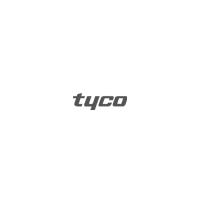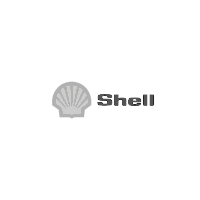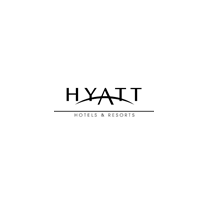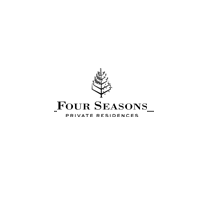Engineering how enterprise companies operate in a new era of work and place
Delivering long-term value through organizational effectiveness, employee experience and reimagined workplace portfolios
For enterprises and employees, the world of work has permanently changed. The opportunities are enormous, but so are the risks of getting it wrong.
OVERVIEW
Long-held beliefs about work are being fundamentally challenged.
- These rapidly shifting trends in where, when, and how work is done are years in the making, but it took a pandemic to accelerate to this current inflection point.
- Talent has known for years that they can work anytime, anywhere. Post-pandemic, they now expect some ability to do so.
- Employees are already voting with their feet, demonstrating that they value organizations that best support future work trends above almost any other compensation type.
As we enter a new era of work, companies lack clarity on how to move forward.
- Companies know that employees empowered with a modern work strategy and resources feel more engaged, more productive, and more committed to an organization, which in turn creates more value and drives lower employee turnover.
- Executing on this transition is complex and requires new muscles many companies have not yet learned to flex.
- Companies that successfully align evolving employee preferences with their overall business objectives can unlock significant, structural enterprise value.
Legacy silos must evolve into cross-functional strategy across operations, HR/EX, IT and CRE
No two companies approach work in exactly the same way, because no two people work the same
There is no off-the-shelf solution that a company can simply deploy. Rewiring a company's work strategy requires intelligent design across policies, places, business systems and processes. This requires levels of coordination across operations, HR/EX, CRE and IT to create entirely new, integrated solution-sets that most organizations are not yet equipped to handle. But they cannot afford to fail.
Companies must quickly strike a new balance between employee preferences and long-term business goals or risk erosion of their most important asset: their people.
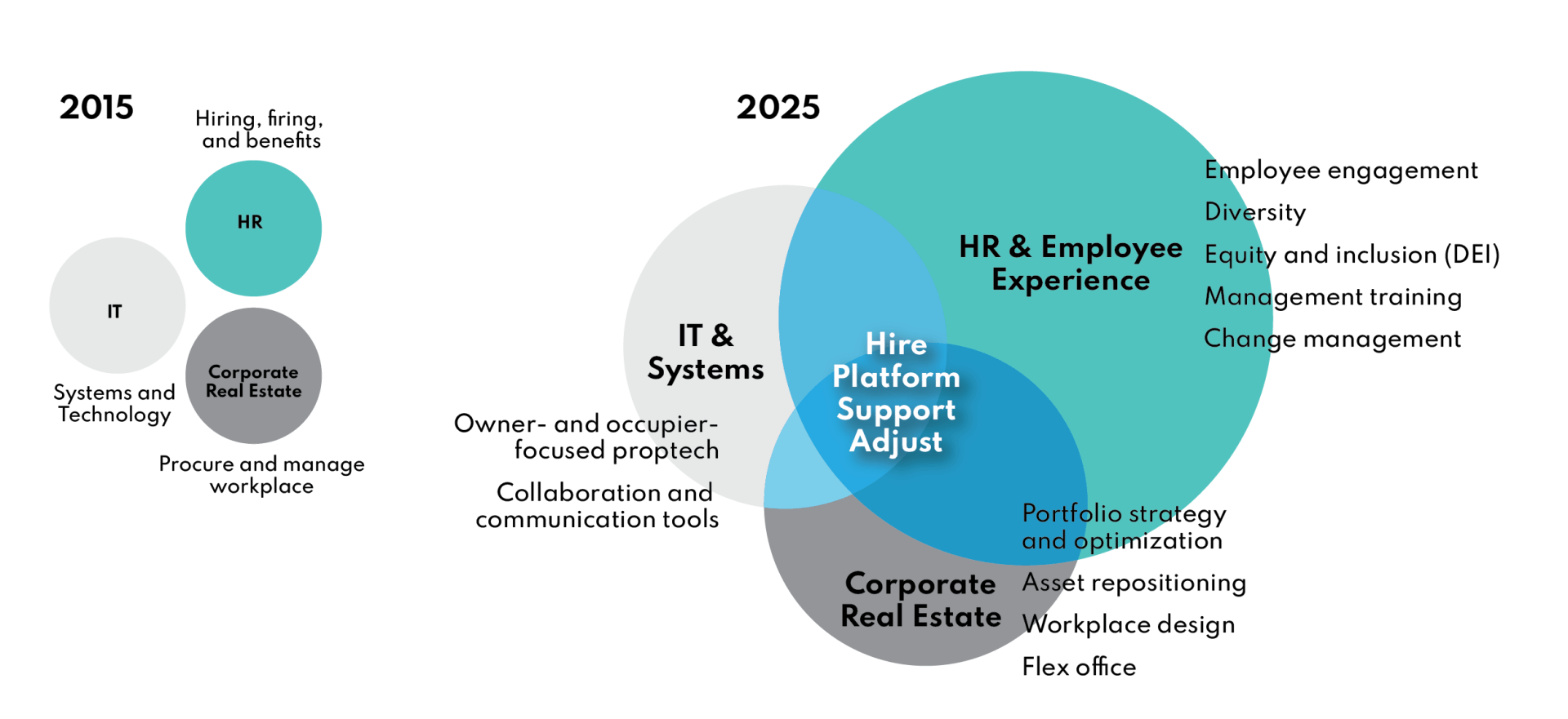
Pioneering best-in-class solutions to shape the future of your organization
The Adaptiv team equips clients with a bespoke work strategy optimized to support their own future of work.
We empower our clients with their own principles, framework and solutions to navigate evolving work trends and drive more engaged employees, within a future-proofed organization, and with measurable value-add to their business.

